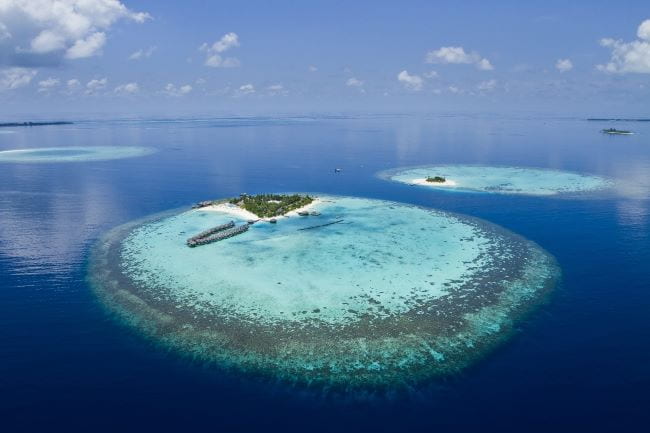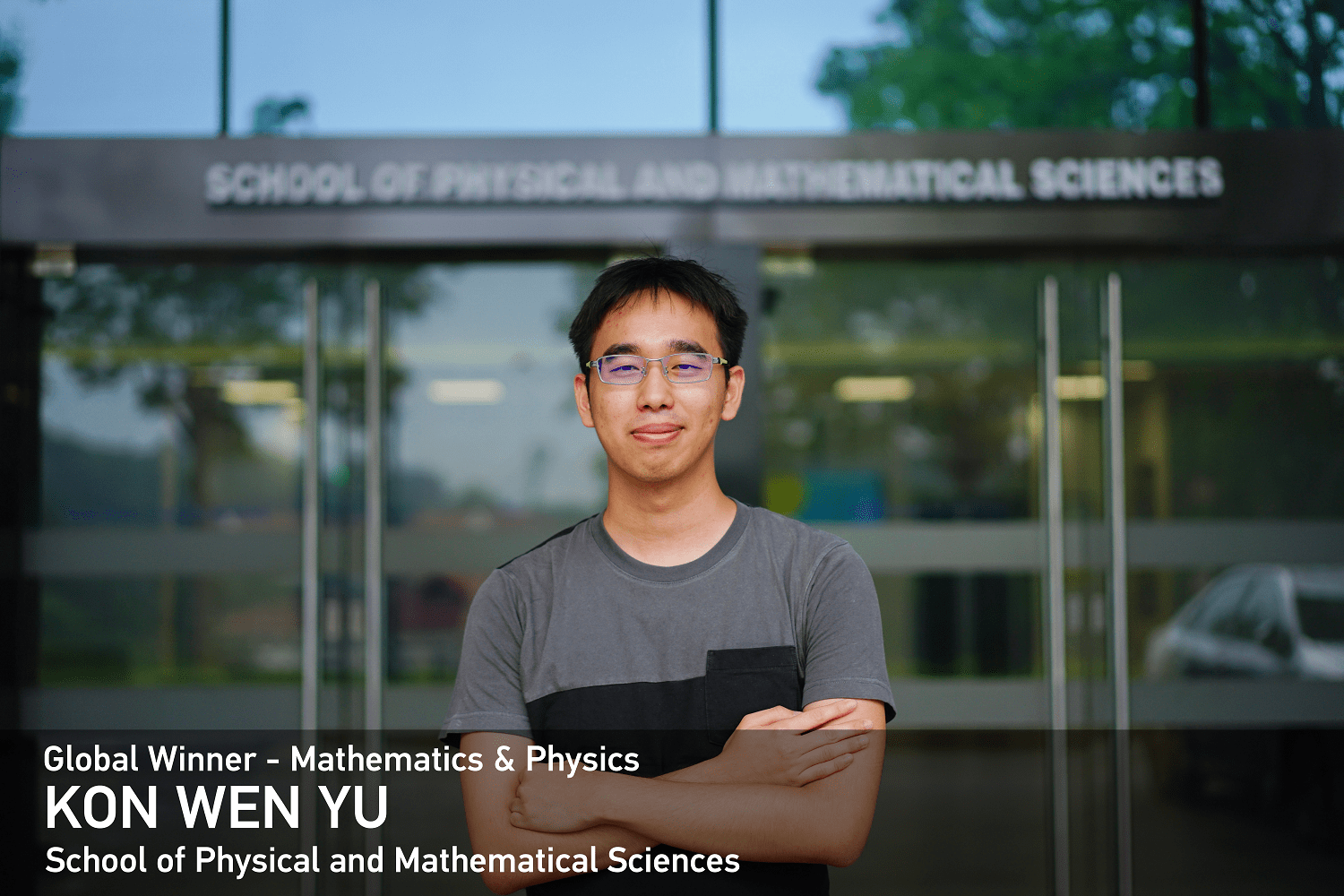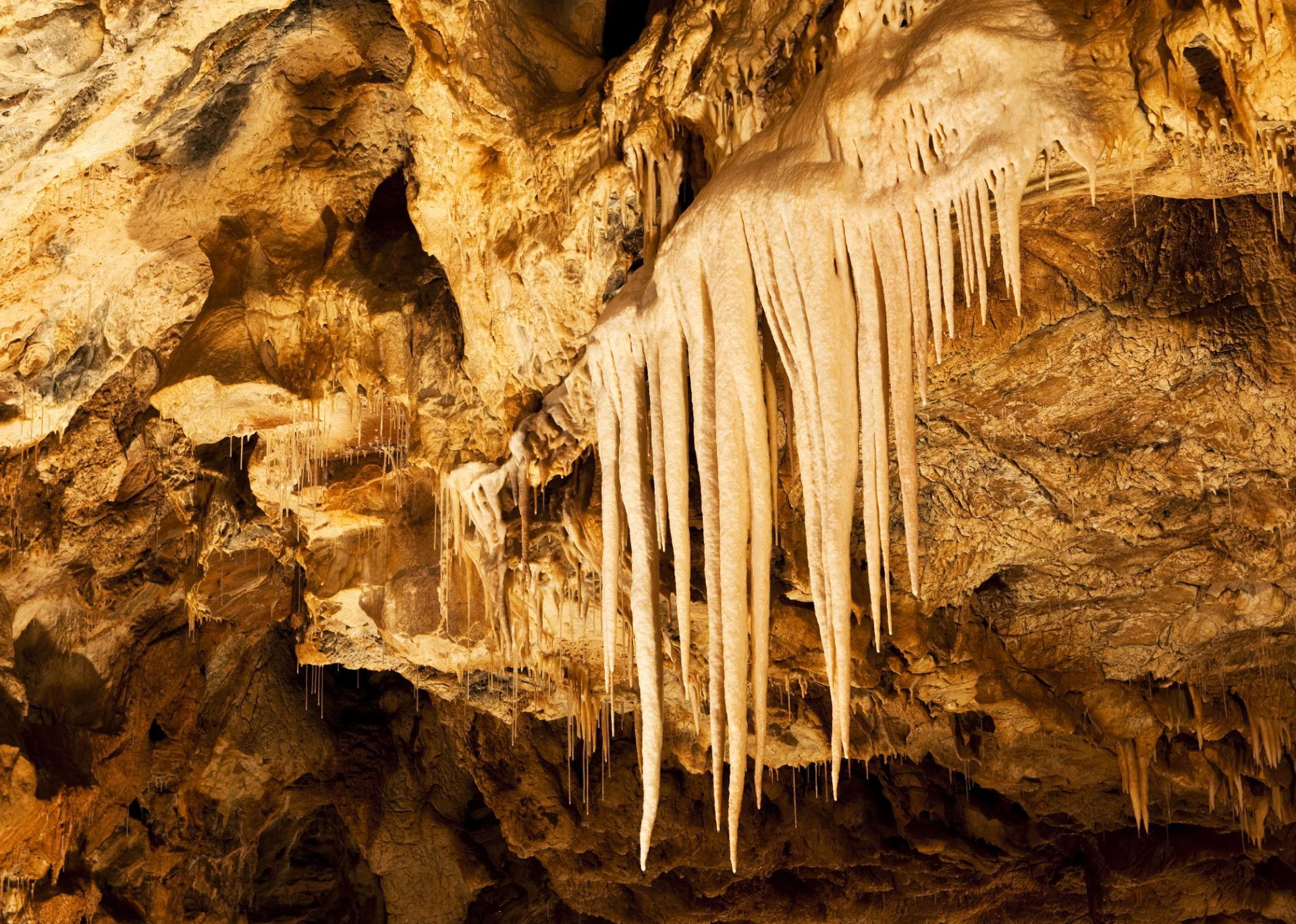The sea-level of the Indian Ocean is rising at a rate and magnitude nearly twice the global average, but insufficient data records have stood in the way of understanding this strong response to climate. In a study recently published in Nature Geoscience, ASE/EOS researchers Dr Kyle Morgan, Research Assistant Ke Lin, A/P Xianfeng Wang and Keven Roy together with colleagues from Canada, Australia and New Zealand tracked relative sea level change on coral atoll islands in the Maldives over the past two millennia.
Science Communication Writing Competition: Merit Prize winner Soon Kit Ying (ASE)
The inaugural CoS Science Communication Writing Competition was held from 11 Nov 2019 to 10 Jan 2020. We received many submissions, and a panel of judges consisting of faculty from CoS judged the entries and shortlisted the winners! First up, winner of the Merit Prize, Soon Kit Ying from the Asian School of the Environment! She wrote about “Reflecting on Our Sea Level – The Use of GNSS-Interferometric Reflectometry to Study Sea-level Trends.” Congratulations, Kit Ying!
Congratulations to the 2019 Global Undergraduate Awards winners!
And the winners from College of Science are…
MOE Tier 2 grant to Assoc Prof Xianfeng Wang: Predicting future monsoon patterns through cave proxy of past rainfall variation
It is hard to underestimate the importance of the Asian monsoon; the world’s largest weather system, affecting almost half of the world’s population, and the base of food security and water supply in Southeast Asia, large parts of China and beyond. With climate change comes more frequent high intensity downpours during the wet season, and the monsoon season also becomes more difficult to predict.
Where on a volcano is an eruption most likely to occur?
Magma commonly moves up towards the surface by creating cracks in the crust. It flows inside of the cracks, which grow upwards as the magma applies pressure and damages surrounding rocks. These magma-filled cracks are known as dikes and they are an important form which allows magma to travel easily through the crust.
The child of Krakatoa awakes
At approximately 9:30pm local time (2:30pm GMT) on the 22nd December 2018, a tsunami struck Indonesia’s Sunda Strait, which lies between the islands of Java and Sumatra, claiming over 430 lives. According to Indonesia’s disaster agency there are at least 1,500 injured, over 120 people still missing, and around 12,000 people have been displaced.






